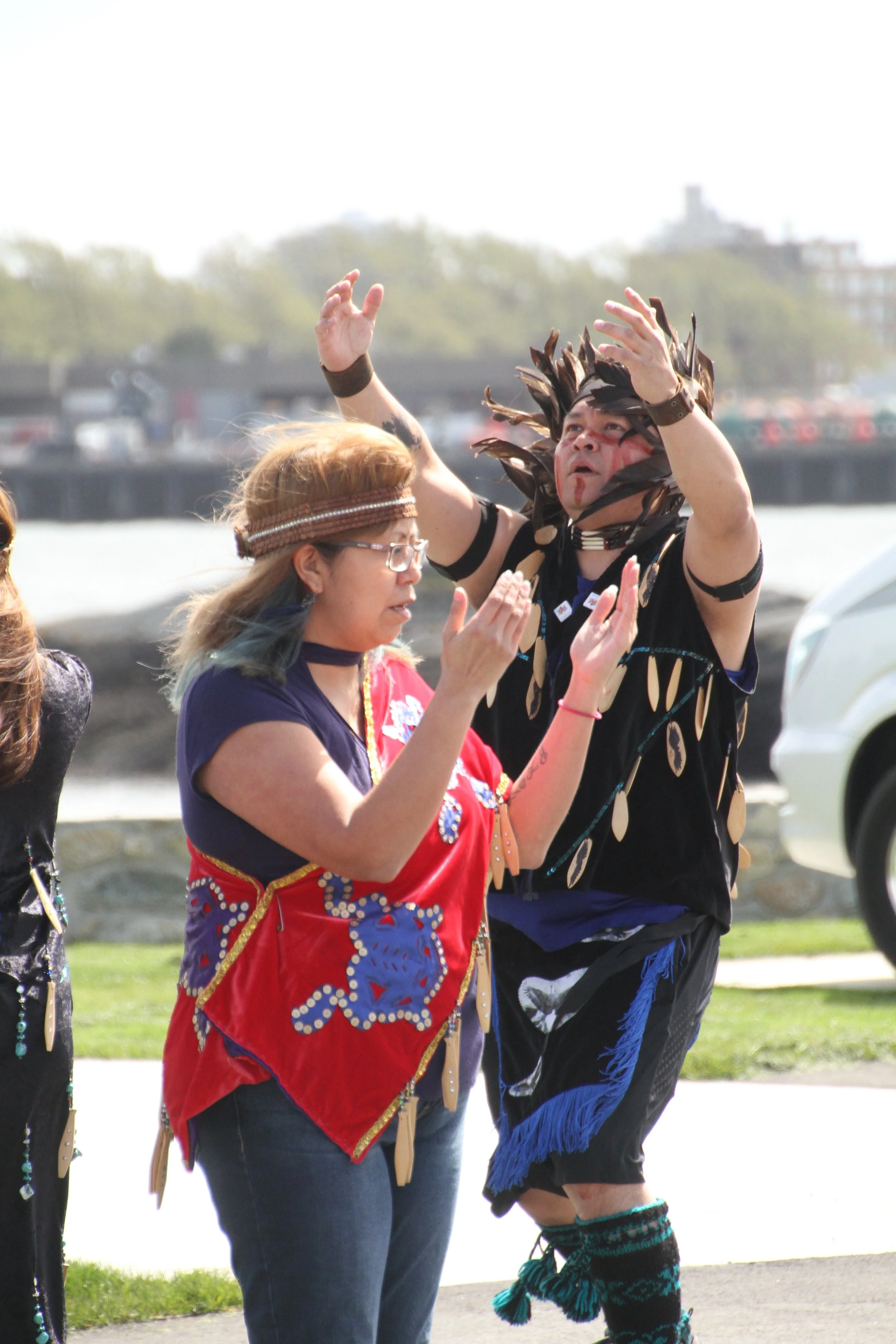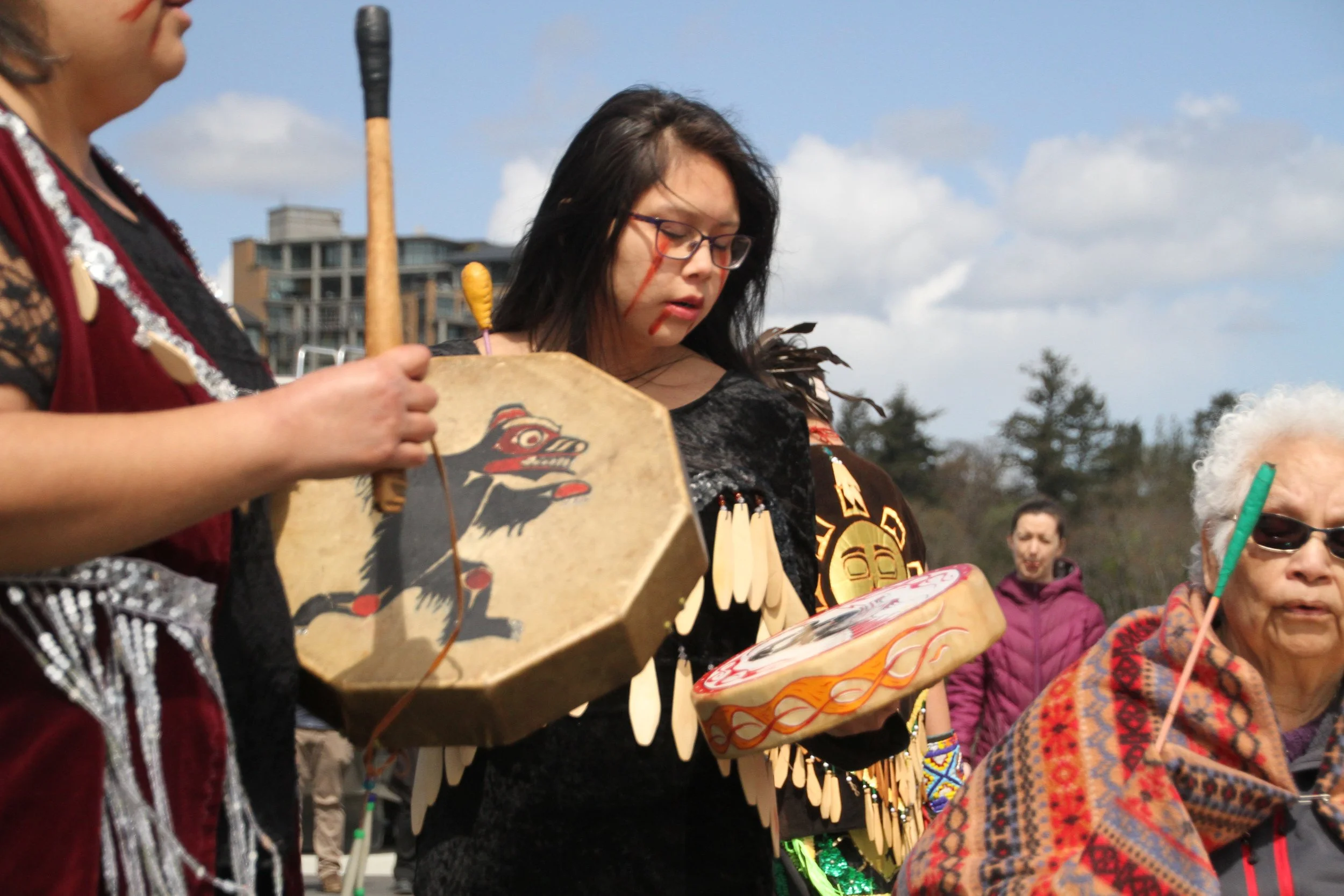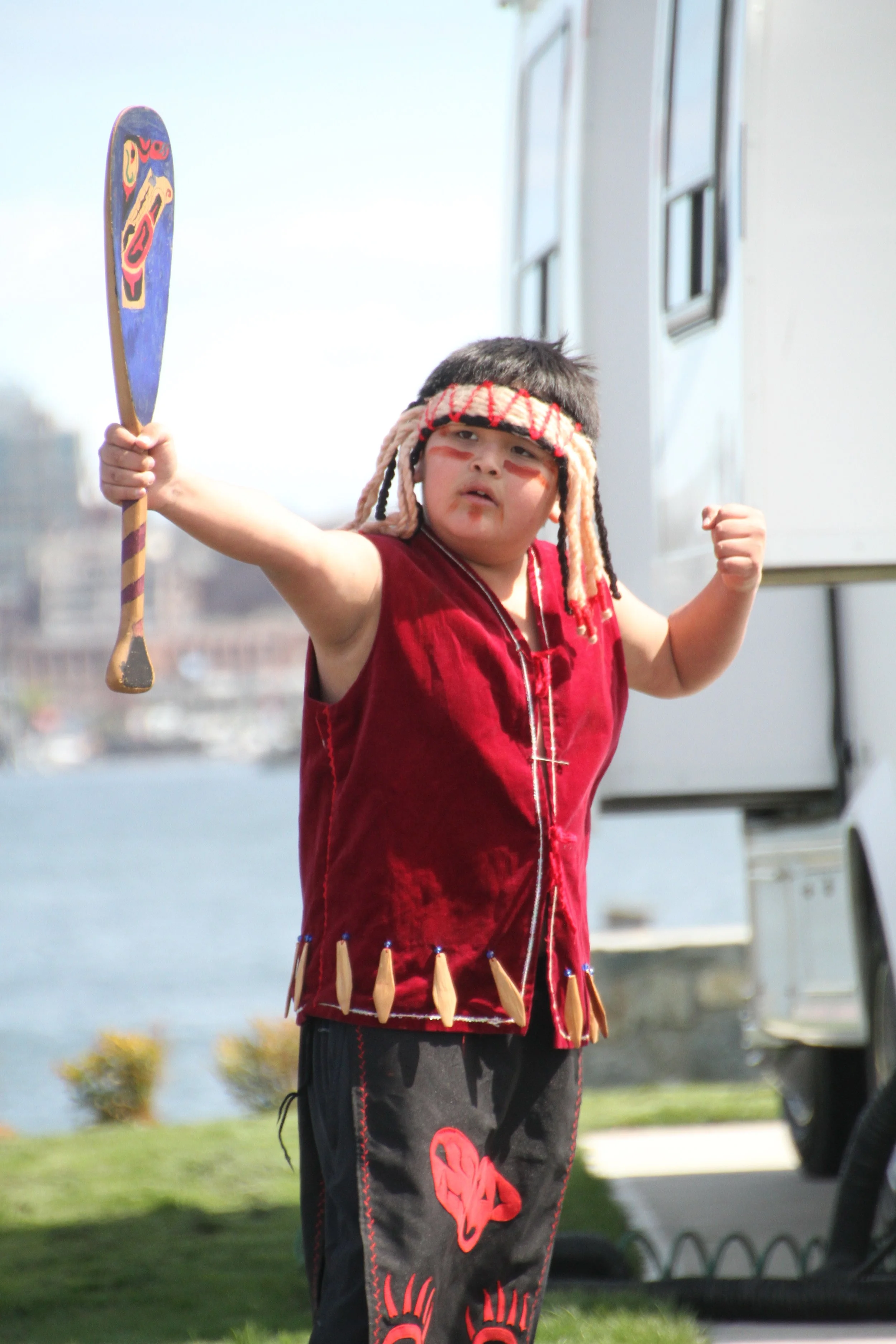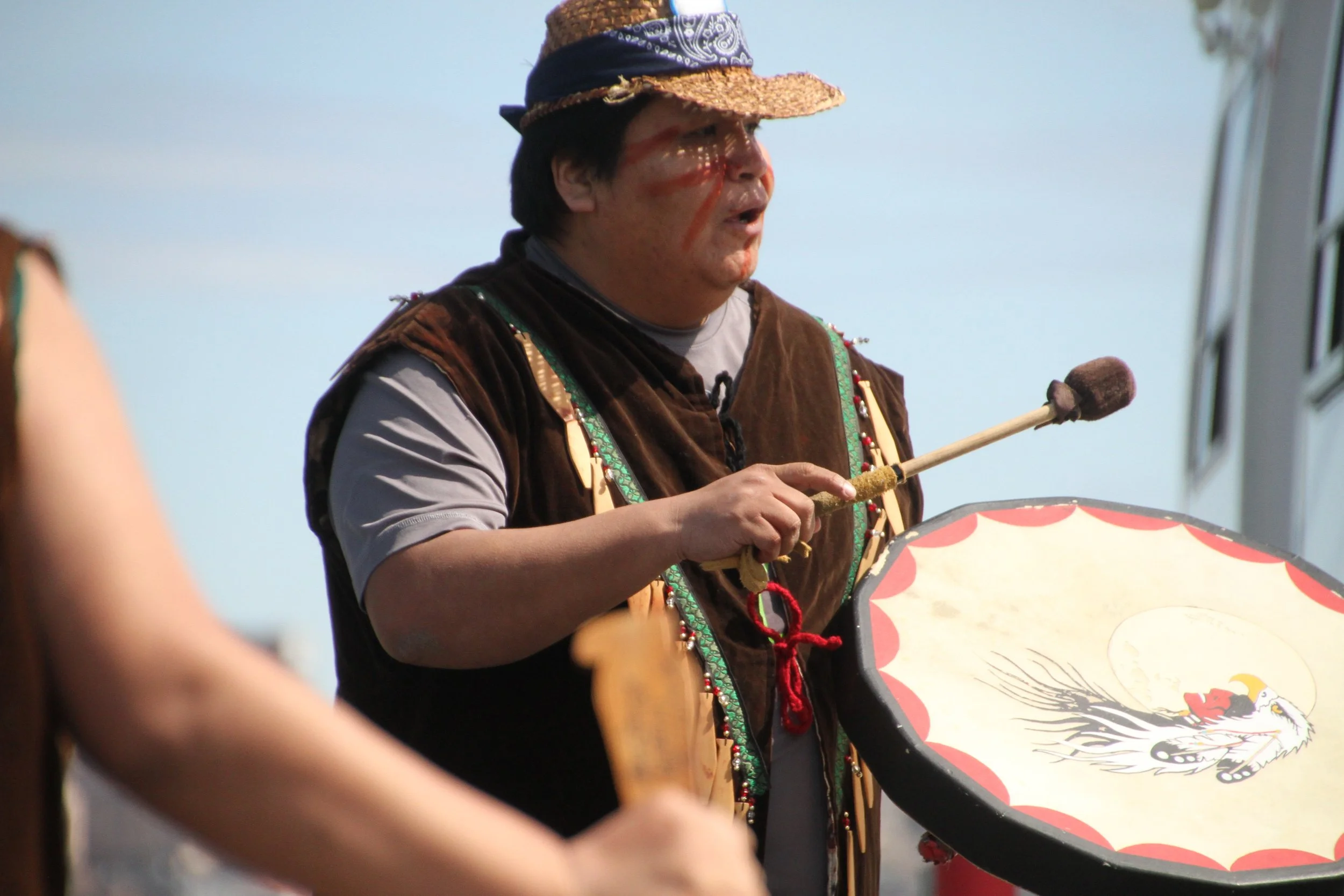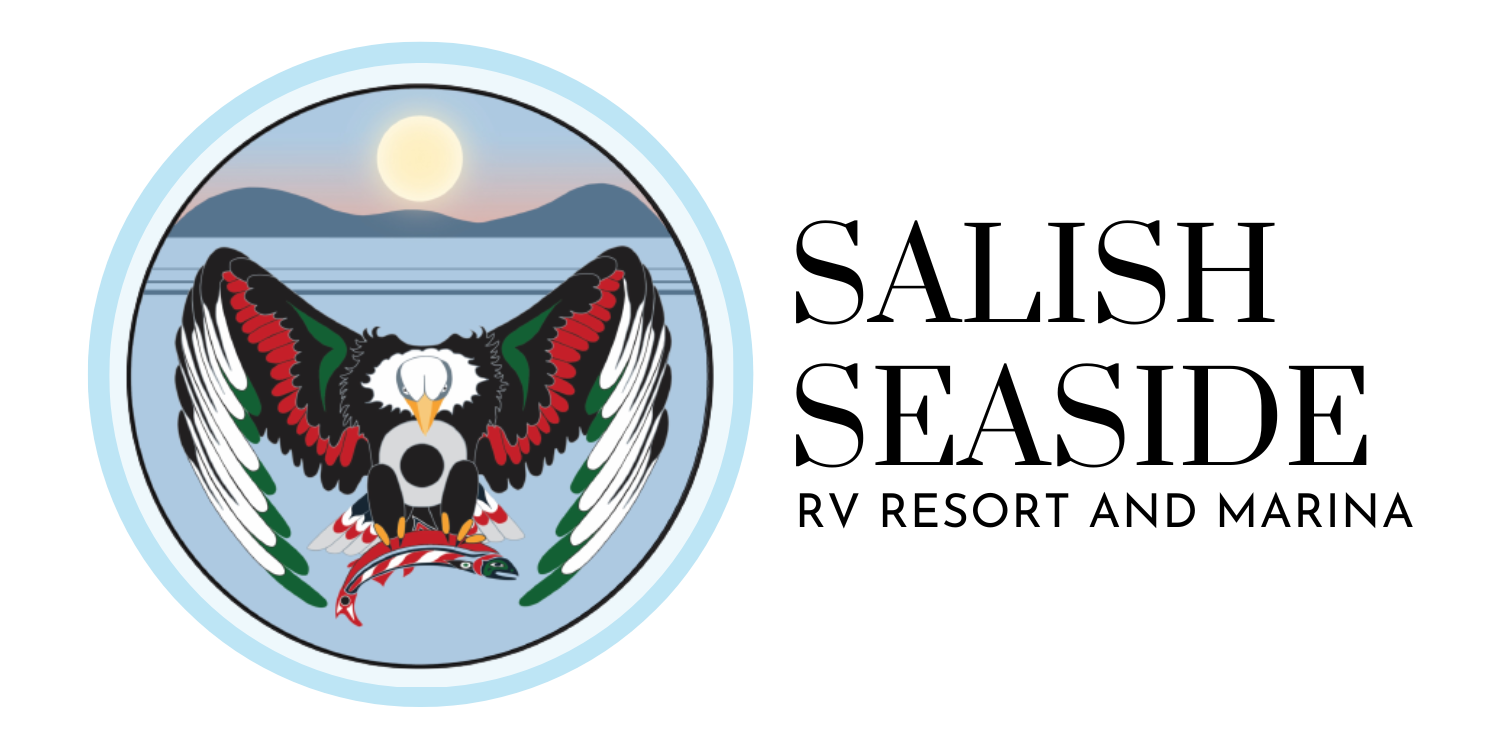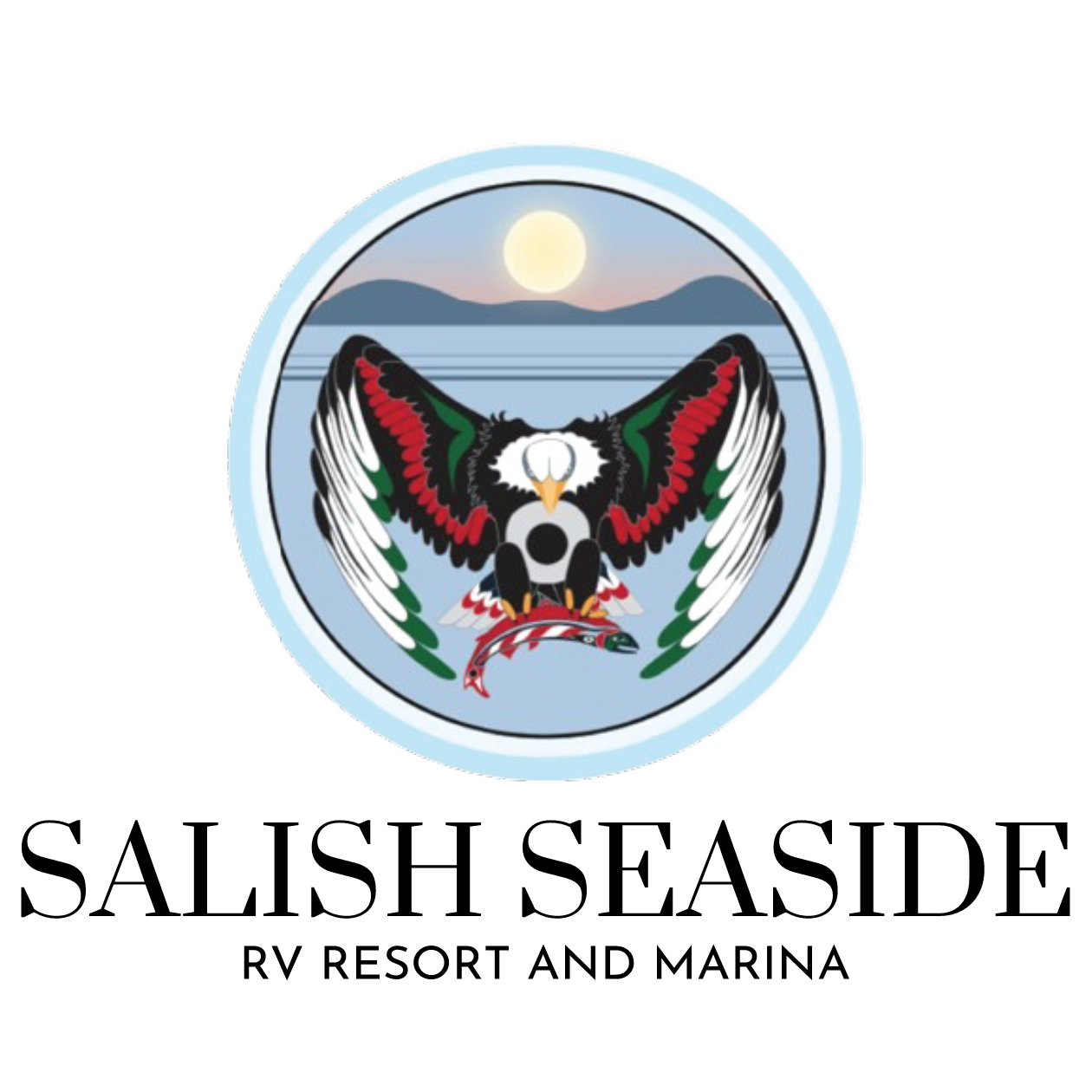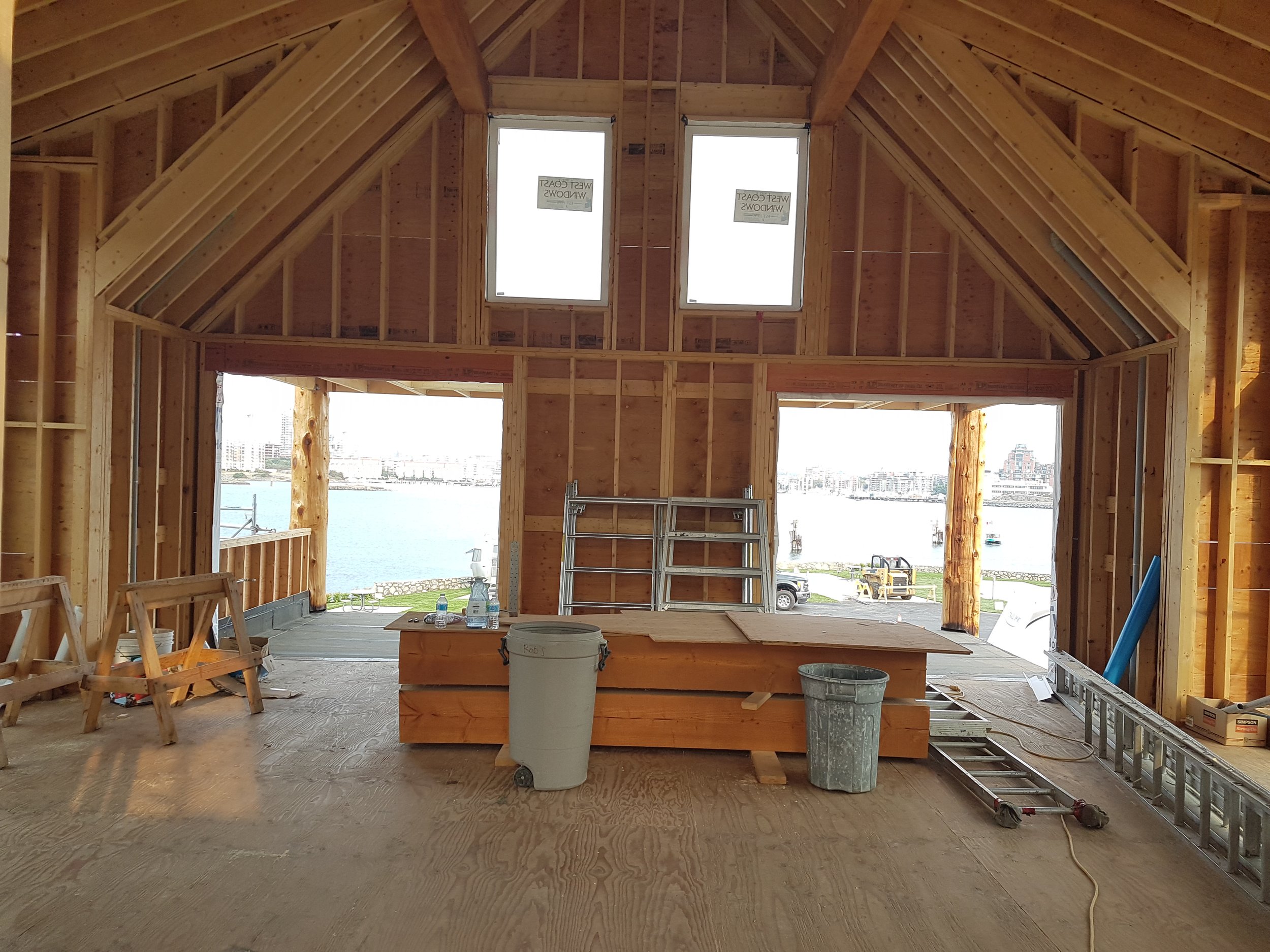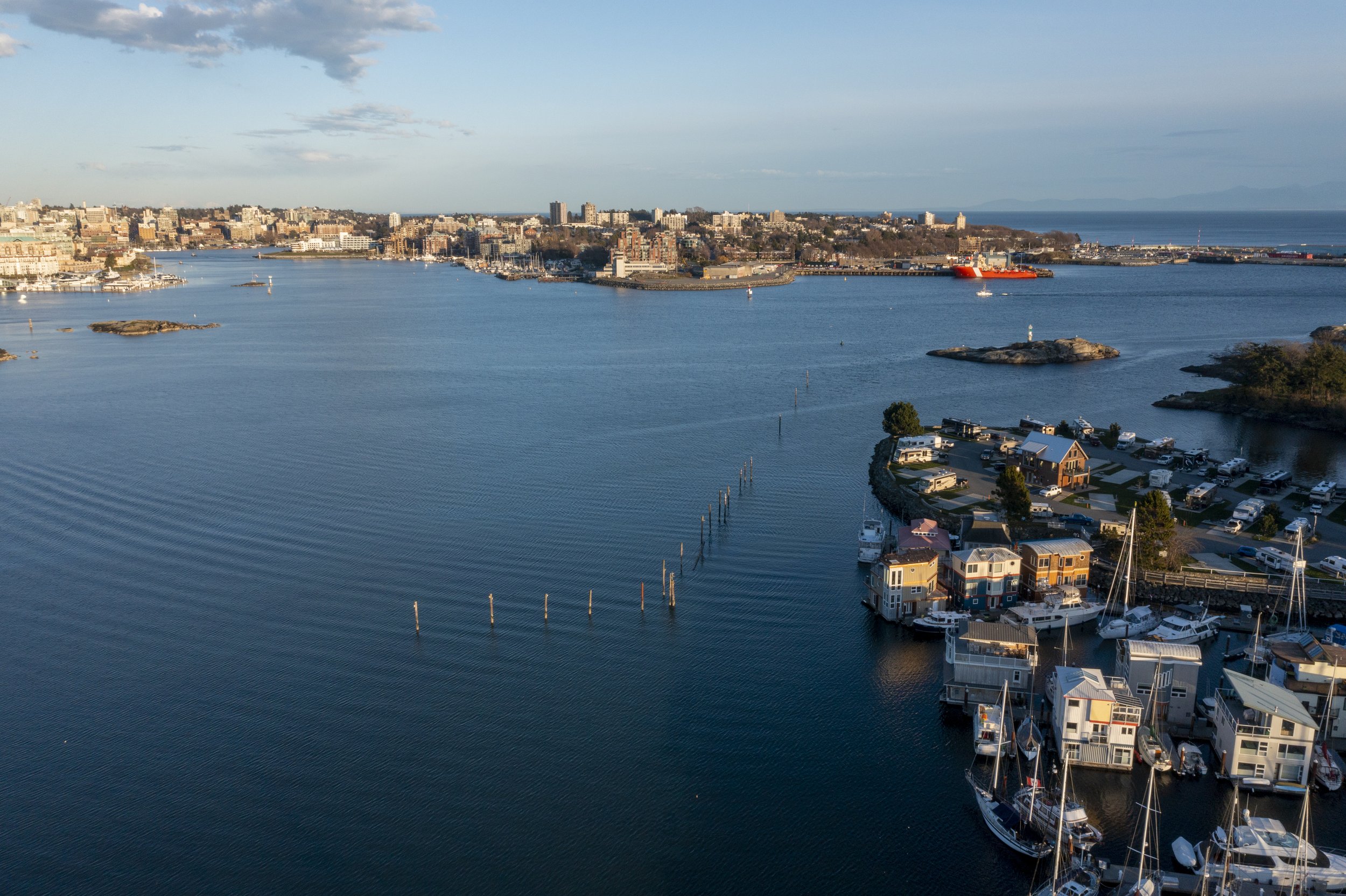
Victoria and Esquimalt
We invite you to experience the beauty of our ancestral lands here at Salish Seaside RV Resort & Marina. As an Indigenous-owned retreat, we take great pride in sharing our heritage and the rich cultural tapestry of the Lekwungen-speaking peoples.
Our resort sits on the traditional territories of the Esquimalt Nation, whose ancestors have lived in this region for thousands of years. This sacred land, surrounded by Esquimalt Harbour, continues to provide sustenance, inspiration, and a deep connection to the past. It’s a place where we honor the stories of our ancestors and the enduring strength of our community.
Our founders are dedicated to ensuring that the traditions of our people live on, while offering a welcoming space where visitors can connect with nature, our shared history, and the spirit of this land. Every corner of Salish Seaside is infused with a sense of community, family, and respect for the land and waters that sustain us.
The name Salish Seaside reflects our deep ties with the land, the water, and the coast. This is more than just a place to stay—it's an opportunity to embrace the tranquility and beauty of the Salish Sea. Whether you’re strolling along the shores of Esquimalt Harbour or enjoying the calm of the marina, you’ll feel the serenity that comes from being surrounded by the stunning landscapes of the region.
We are honored to share this special place with you. Welcome to our home.
Salish Seaside Opening Ceremony in 2018

